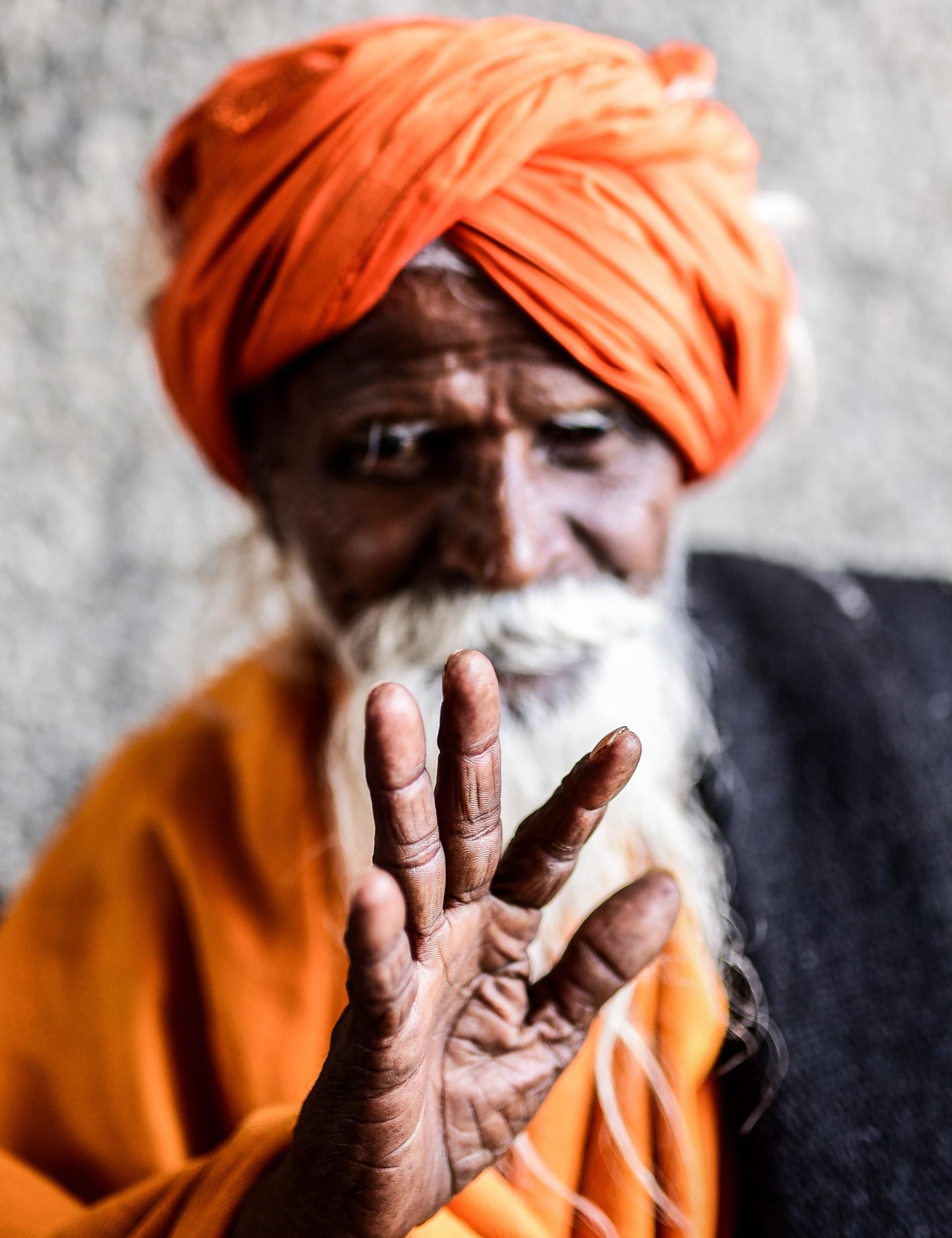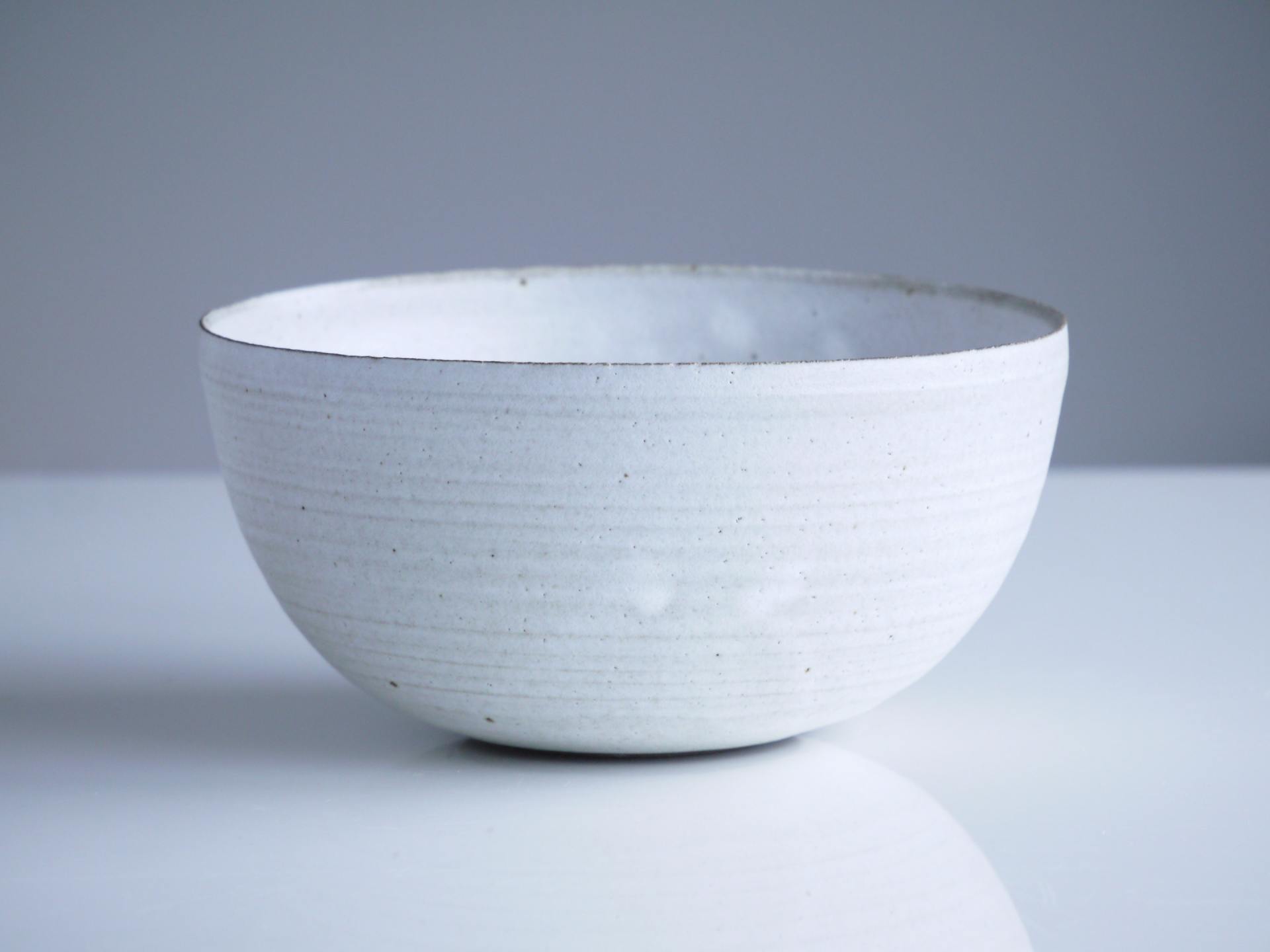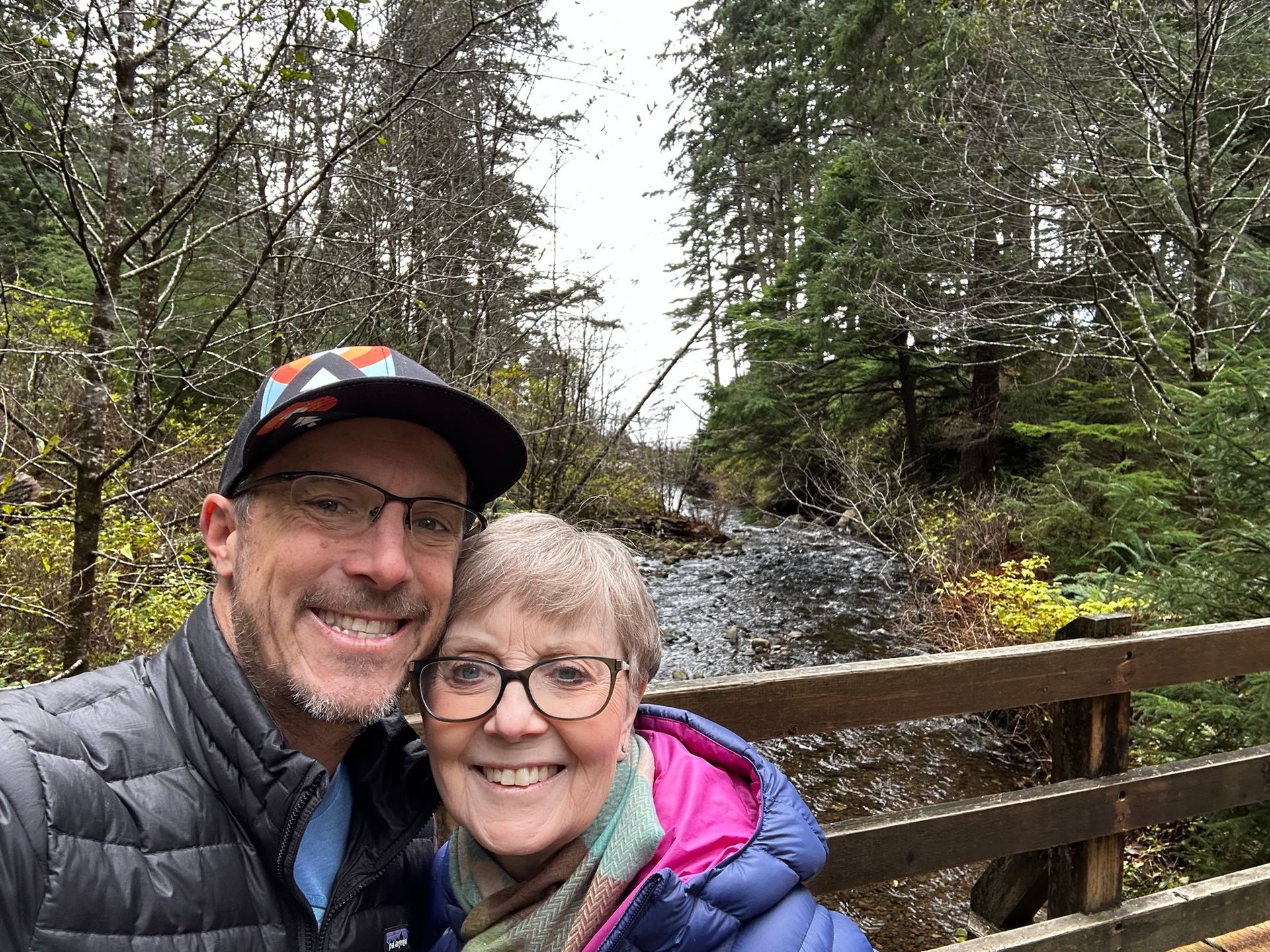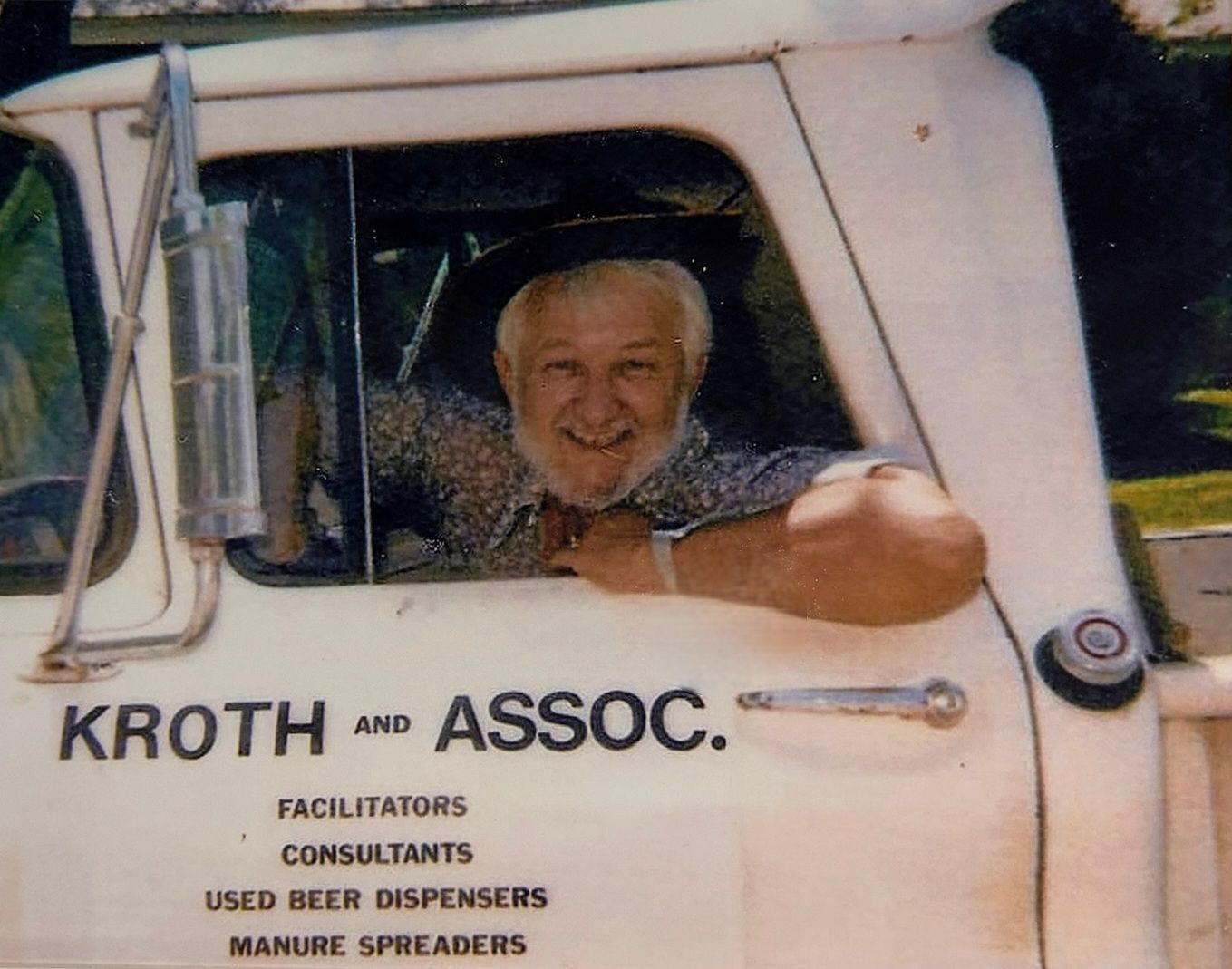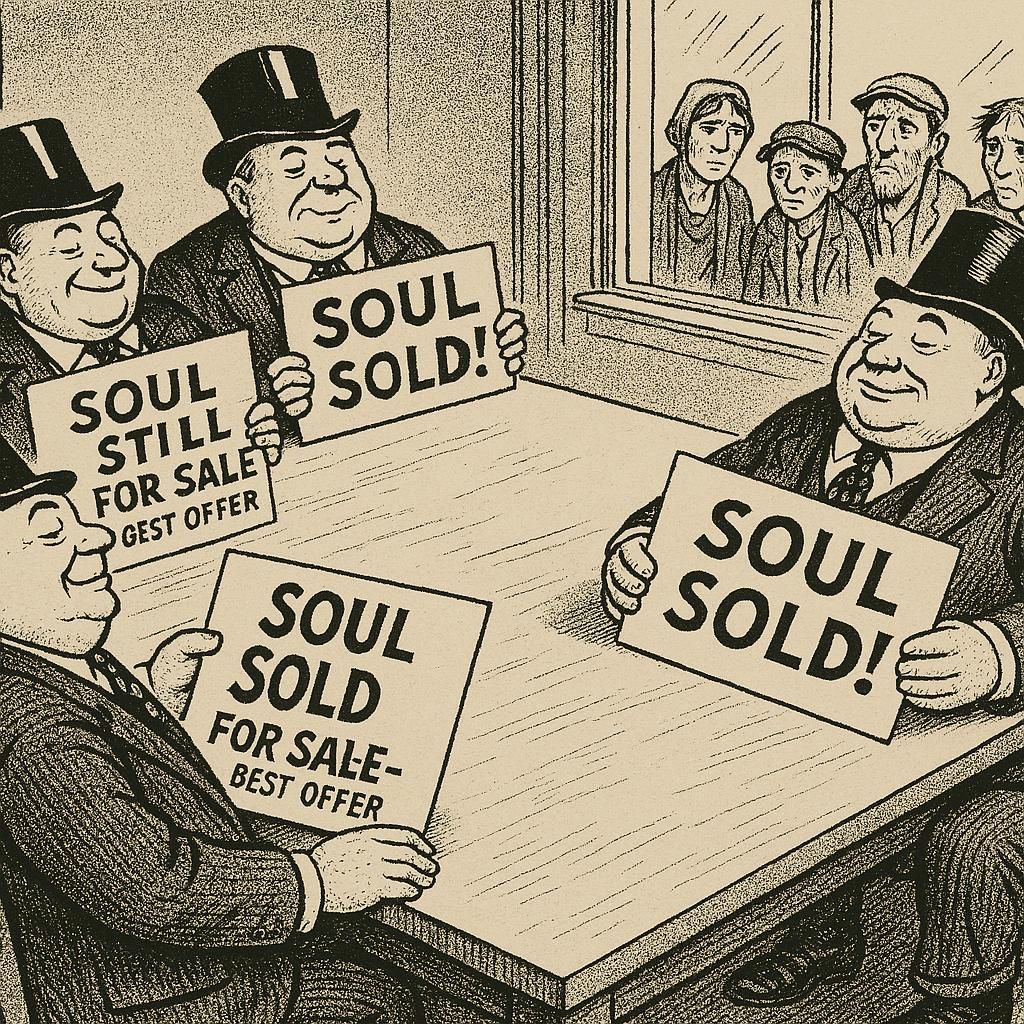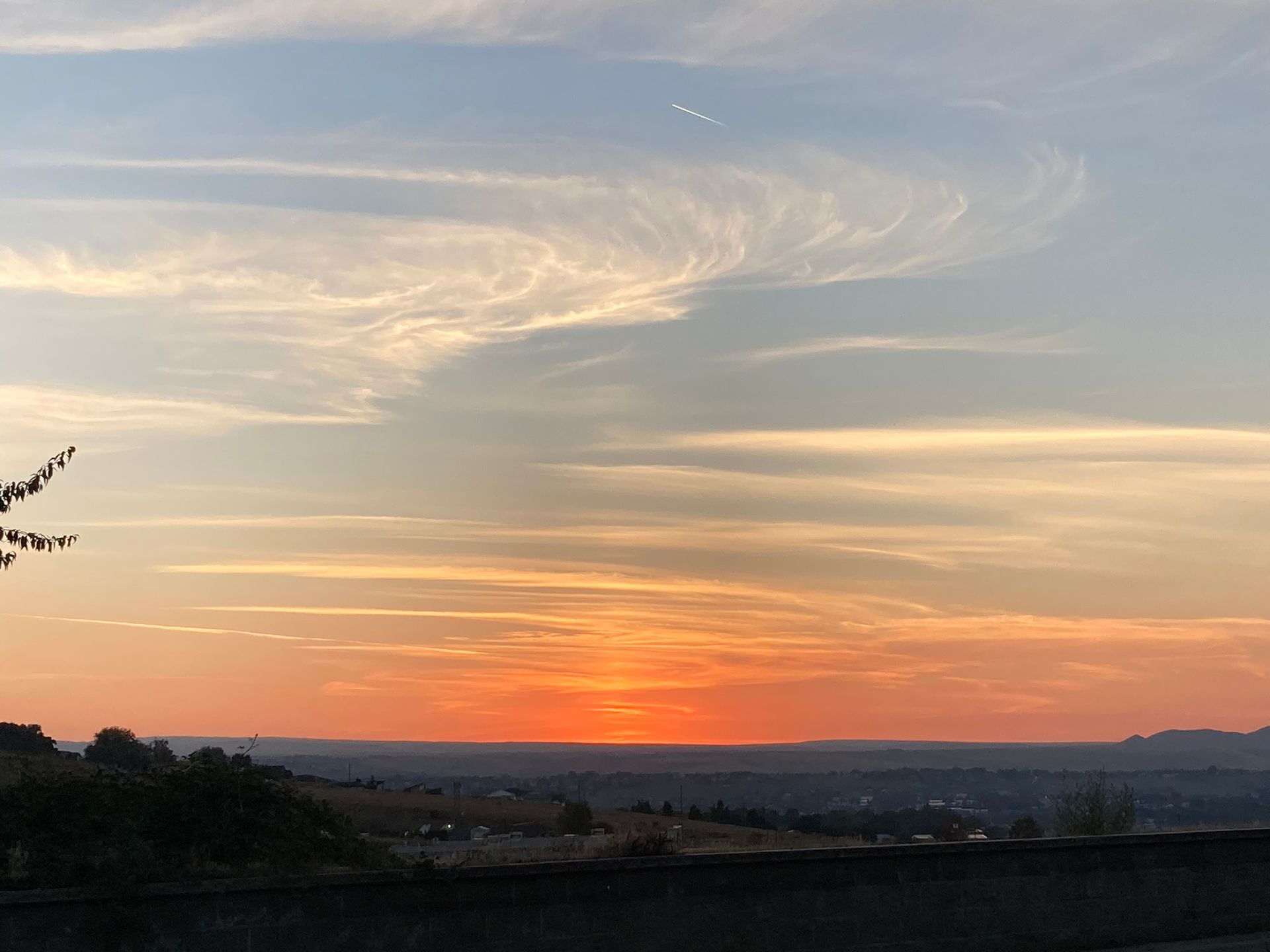I have a floppy-eared dog
Haiku
I Have A Floppy-eared Dog
When life becomes hard
I have a floppy-eared dog
who makes the day soft.
We actually have two dogs, Tinkerbell and Shelby, who both have floppy ears and who both make our days softer. They aren't big 'ole ears, but they flop enough that when they aren't flopping, that's usually when there is something out there to bark about, you can tell the difference. I have never, ever cried harder than when our dog Dakota when on to the next place. Most of us have experienced losing a pet. The reason for such grief, for me, is that these pups trust us so much. They have played so many roles for us: protector, solace-giver, playmate, friend. We can only try to be loving partners with these who share so much of our lives. I take Shelby and Tink on walks most days, and along the path we see Charlie, a rust-colored, large dog. I'm not good at knowing the types of dogs so I can't say which he is, but he's a friendly, old, gruffy dog. That enough? Anyway, he is almost always outside, rain or shine or sleet or snow, and I sometimes wonder if he is an "outside" dog. One of those who freezes while all the people are inside drinking hot chocolate in front of the fireplace. I don't know where he sleeps at night. I don't know his full story. But when I think of outside dogs I become sad.
I have a floppy-eared dog, no two, and they stay inside with us, and especially when it is cold outside . They bring the warmth, and especially when I feel cold inside.
Watching A Guru
Watching a guru
Talking about experience
Talking and talking.
Sometimes life presents such marvelous irony that I smile out loud. I was attending a session where a spiritual guru shares his wisdom (it was good, I learned some helpful ideas), and a good deal of the point he was making was how important actual experience
is, in contrast to thinking about
experience. In his two-hour session we meditated for just a few minutes at the start. The rest of the time he was talking, sharing ideas and concepts about experience.
I've been smiling ever since.
"Be" Still
"Be" still, not stay still
Be stillness itself, yourself.
Cap-a-pie, be. Be.
Bowl of Stillness
Hunger, empty, want.
Empty-full, Bowl of Stillness
Empty-still, Bowl...filled.
Pay Attention Pay
Pay attention pay
From tension to attention...
...let attention go...
I have been meditating for several years now, and working on the process of emptying, known as kenosis. I'm in the freshman class when it comes to contemplation, but I am committed to staying in school for a lifetime, even if I only make it to sophomore. The same guru I was poking fun of above ("Watching A Guru"), gave me important insights about stillness and paying attention. After that session, I had a better idea of ways to consider stillness and emptiness, attention and awareness. I wrote these haikus to help me capture just a little bit, of the little bit I know.
Reading The Art of Pausing , by Judith Valente , Brother Paul Quenon , and Michael Bever , and writing a haiku, has become a daily practice for me. The authors recommend this, and I have found it in the few short weeks I have been doing this, a meaningful activity when paired with reading a daily haiku and narrative from the book.
I’m not a trained poet, but I don’t think poetry has to be created by an MFA graduate to be meaningful, and certainly meaningful to the author.
So, to introduce profound poetry, here is a haiku I wrote this week.
If you are interested in this poetic form, I highly recommend the work in The Art of Pausing . So, so good.
Three lines. Five syllables the first line. Seven syllables the second line. Five syllables the third line. They aren't supposed to rhyme, but of course why have rules if you can't break them once in a while.
More about haiku here.
It can be so beautiful. Take a look at some here.


